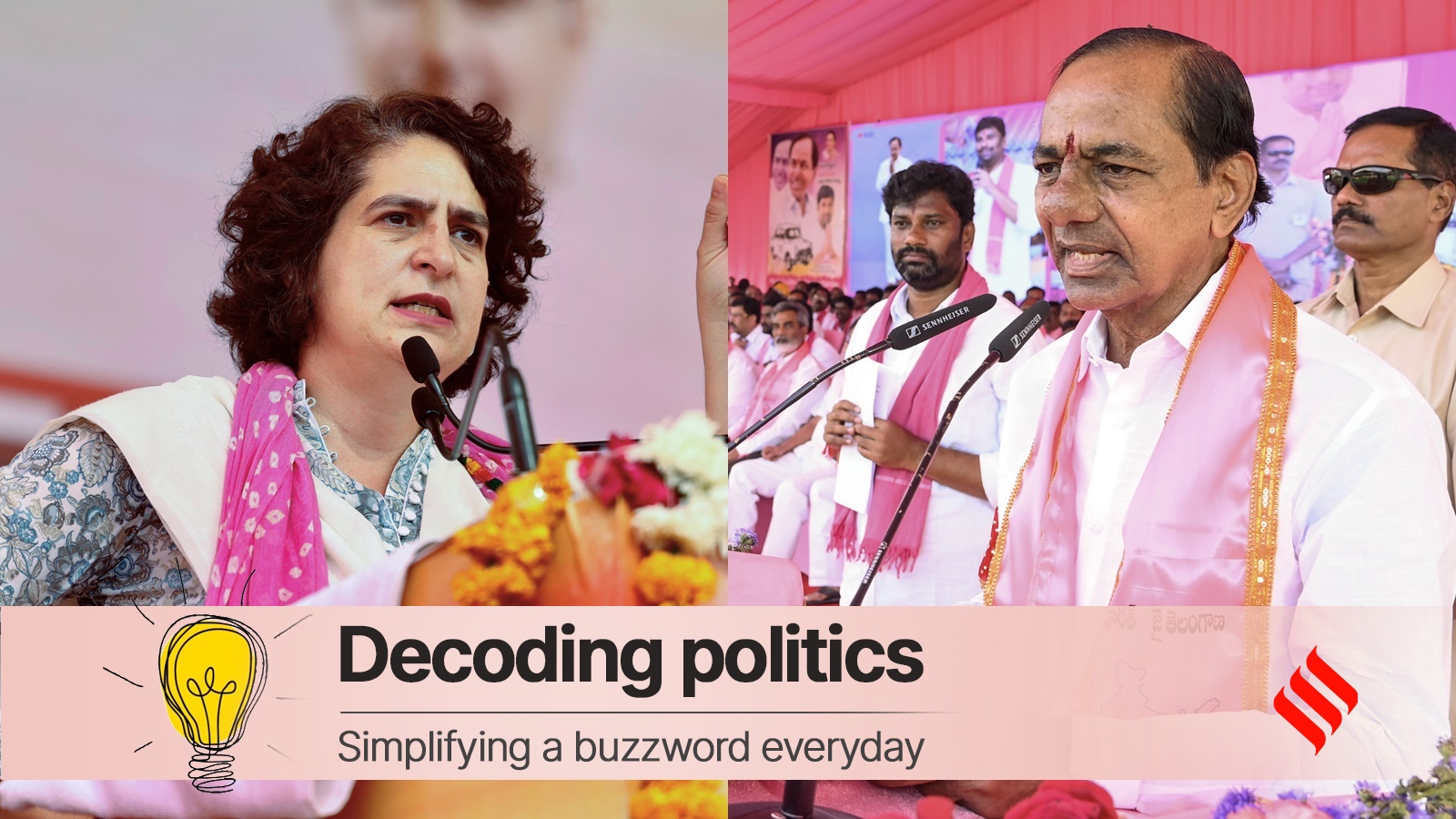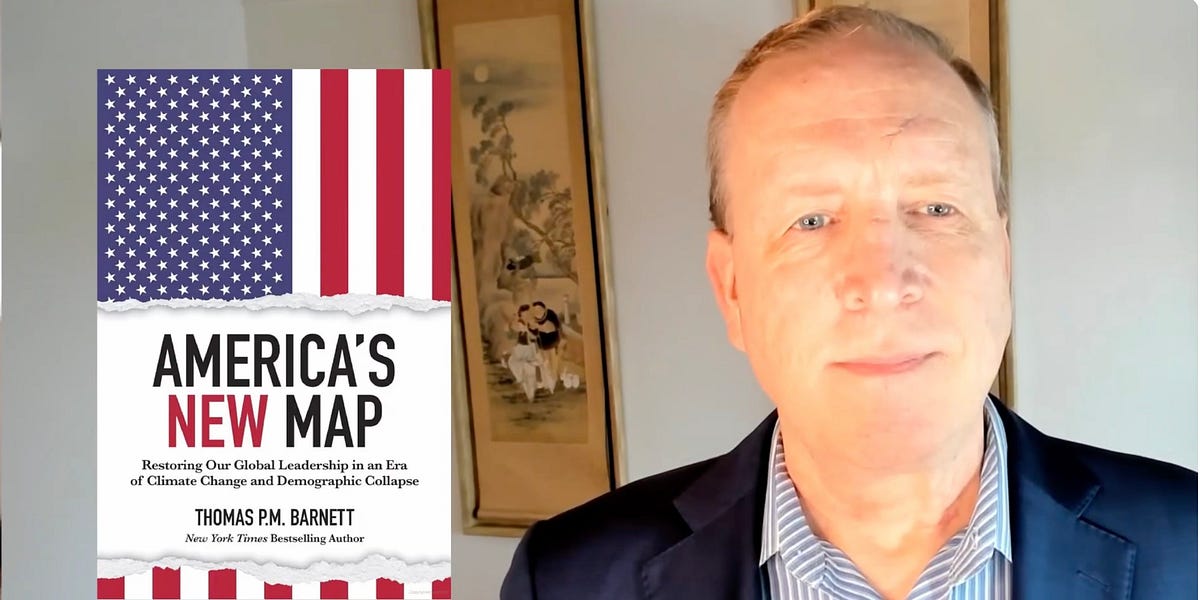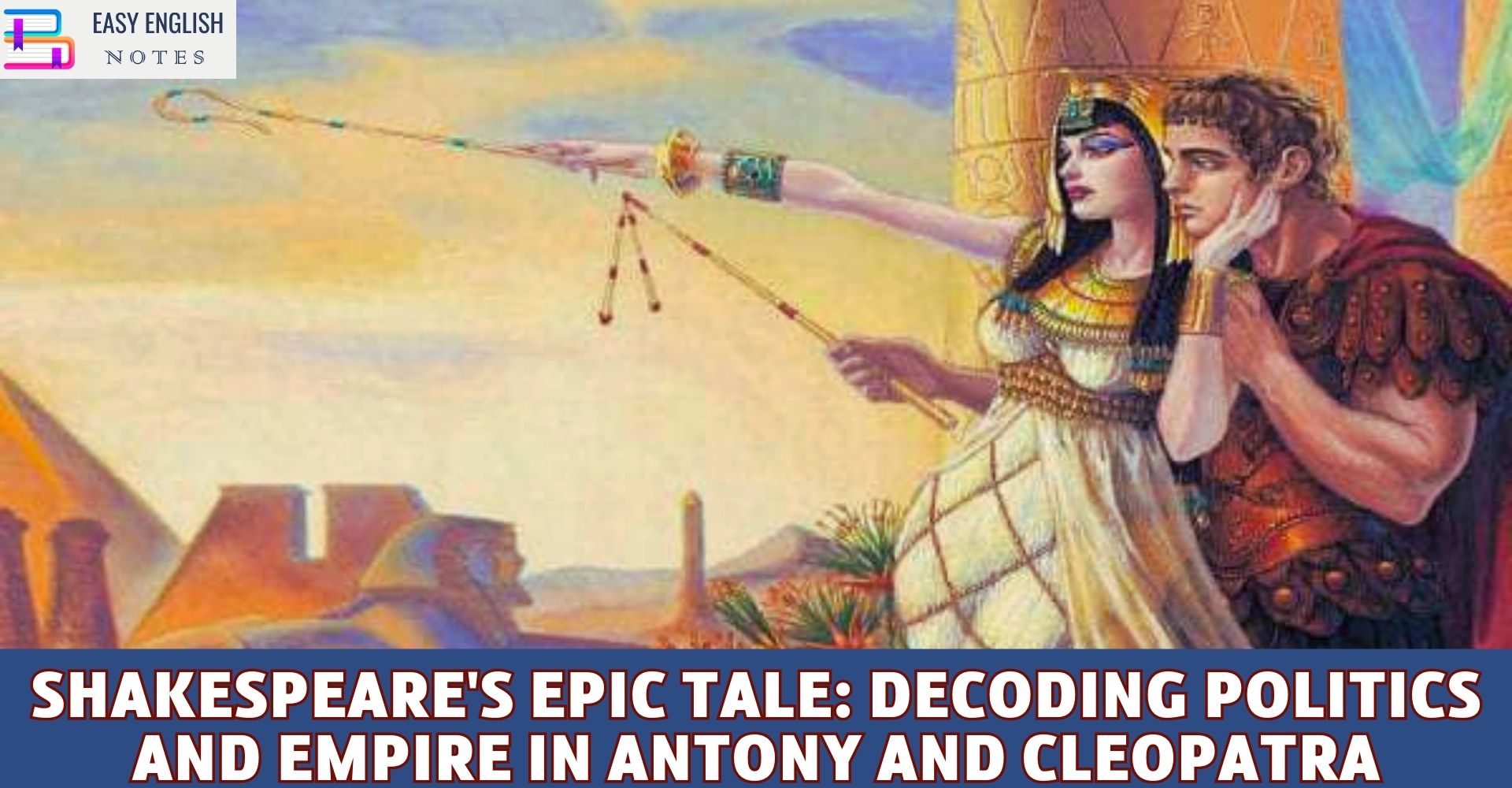
The “Talking Tom” of Politics: Decoding Trump’s Communication Style
We’ve all experienced it. That moment when a pronouncement hits the news cycle, seemingly out of nowhere, and the entire political landscape pauses, waiting for the next utterance. Donald Trump has cultivated a communication style that is as polarizing as it is effective. Like a political version of the endlessly replaying, always-ready “Talking Tom” cat, his words have an uncanny ability to capture attention and drive narratives. But what exactly makes this style so potent? Let’s dive into decoding the phenomenon.
Beyond the Tweet: The Core Elements of Trump’s Communication
It’s more than just the late-night tweets, though they are a significant part of the mosaic. Trump’s approach is a carefully constructed, albeit often chaotic-seeming, blend of several key communication strategies.
1. The Art of the Tease and the Grand Announcement
Remember the constant buzz around “very, very big” or “truly earth-shattering” news? This is a classic Trump tactic. He masterfully builds anticipation, creating a sense of inevitability and importance around his pronouncements. This isn’t just about revealing policy; it’s about creating an event.
- Building Suspense: By hinting at major developments, he forces media attention and public speculation, ensuring his message is amplified before it’s even fully delivered.
- Creating an Event: A “Trump announcement” became synonymous with an immediate reaction, whether in markets, international relations, or domestic policy. This inherent drama keeps people hooked.
2. The Power of Simple, Repetitive Language
While some political figures employ nuanced, complex language, Trump often opts for direct, often repetitive, phrasing. This makes his messages easily digestible and memorable for a broad audience. Think of the slogans and key phrases that become ubiquitous.
- Accessibility: Short, punchy sentences and familiar vocabulary ensure his message resonates with a wide demographic, bypassing complex policy jargon.
- Memorability: Repetition embeds his core messages into the public consciousness, making them difficult to ignore or forget.
3. The “Us vs. Them” Narrative
A cornerstone of his communication is the creation of clear distinctions between his supporters and perceived opponents. This “us vs. them” framing solidifies group identity and mobilizes a dedicated base.
- Identity Formation: This strategy fosters a strong sense of belonging among his supporters, making them feel united against common adversaries.
- Mobilization: By identifying clear targets and villains, he often galvanizes his base into action and fervent support.
4. The Unpredictable Cadence: Spontaneity as Strategy
Trump’s willingness to deviate from prepared remarks, to engage in extemporaneous speaking, and even to engage in playful, pop-culture-esque comparisons (like the “Donald Trump 007” idea) contributes to his unique appeal. This perceived spontaneity can make him seem more authentic and relatable to some voters.
- Apparent Authenticity: The lack of rigid adherence to a script can be interpreted as genuine, unfiltered communication, a stark contrast to more polished politicians.
- Capturing Attention: Unplanned moments, like the viral “Trump dancing video” instances, often become talking points, further embedding him in the cultural conversation.
5. The Direct Appeal: Bypassing Traditional Gatekeepers
Through platforms like X (formerly Twitter), Trump has often bypassed traditional media outlets to speak directly to his audience. This direct line of communication allows him to control the narrative and circumvent potential criticism or filtering from journalists.
- Unfiltered Access: This provides a direct channel to his supporters, allowing him to shape perceptions without intermediary interpretation.
- Control Over Messaging: By breaking news or delivering pronouncements directly, he dictates the initial framing of events, making it harder for others to gain traction with counter-narratives.
Decoding the Impact: What the Data (and Anecdotes) Tell Us
While numbers can’t capture the full emotional resonance of political communication, they can offer valuable insights into the impact of Trump’s style.
| Communication Tactic | Perceived Effect on Audience |
|---|---|
| Grand Announcements | Builds anticipation, creates a sense of event, generates media attention. |
| Simple, Repetitive Language | Enhances memorability, broadens accessibility, simplifies complex issues. |
| “Us vs. Them” Narrative | Fosters group identity, mobilizes supporters, creates a clear enemy. |
| Spontaneity/Unpredictability | Appears authentic, captures attention, generates viral moments. |
| Direct Appeals (e.g., X) | Controls narrative, bypasses traditional media, fosters direct connection. |
As noted in discussions around “decoding political rhetoric,” the impact of even seemingly “incoherent messaging” can be profound. The key isn’t always perfect clarity, but often resonance and emotional connection.
Your Takeaway: Navigating the Trump Communication Landscape
Understanding Donald Trump’s communication style isn’t about agreeing with his policies or his rhetoric. It’s about recognizing the deliberate strategies at play. For you, the engaged citizen, this means:
- Critical Consumption: Be aware that a significant part of political communication is designed to elicit a specific emotional response and shape perception.
- Look Beyond the Headline: When you hear about a “Trump announcement,” dig deeper to understand the substance behind the sizzle.
- Identify the Tactics: Recognizing the use of repetition, the “us vs. them” framing, and the art of the tease can help you critically evaluate the message.
In a political arena where attention is currency, Donald Trump has proven to be a master strategist in capturing and holding it. By understanding the “Talking Tom” of his communication – the repetition, the anticipation, the directness – you can better navigate the complex currents of modern political discourse.

Additional Information
The “Talking Tom” of Politics: Decoding Trump’s Communication Style
Donald Trump’s communication style is a phenomenon that has captivated, confounded, and often, convulsed the political landscape. Far from a conventional politician, Trump has cultivated a persona that is both undeniably effective for his base and a constant source of perplexity for others. The moniker “Talking Tom,” while perhaps informal, hints at a key element of his approach: an almost constant, often stream-of-consciousness output that demands attention and shapes narratives. This analysis delves into the intricacies of Trump’s communication, exploring its recurring themes, strategic implications, and the reasons behind its enduring impact, drawing upon recent discussions and observations.
One of the most striking aspects of Trump’s communication is his mastery of anticipation and suspense. As highlighted in a discussion about “Trump announcements,” he frequently teases “very, very big” or “truly earth-shattering” news. This isn’t merely a matter of hyping up a policy; it’s a deliberate strategy to build anticipation, speculation, and often, immediate reactions from markets and geopolitical actors. This creates a sense of eventfulness around his pronouncements, making them more impactful than standard policy releases. The anticipation itself becomes part of the message, drawing widespread attention and often dictating the initial framing of the news.
This leads to another crucial element: the cultivation of a distinct and often unconventional public style. While not a literal spy, the comparison of Donald Trump to “James Bond 007” touches upon this unique public persona. It suggests a flair for the dramatic, an ability to generate intrigue, and a departure from the expected. His public appearances, as noted in discussions about “Trump dancing video moments,” can become talking points precisely because they are often unplanned and expressive in ways that defy traditional political decorum. These moments, whether intentional or not, contribute to his image as an unpredictable force, further solidifying his brand.
Trump’s communication is also characterized by its directness and reliance on simple, often repetitive language. This can be observed in his frequent use of hyperbole and declarative statements. The concept of “decoding political rhetoric” acknowledges that the way leaders communicate significantly influences public perception. Trump’s rhetoric, while sometimes criticized for being “incoherent messaging” (as noted in a recent X post discussion), is precisely this direct, unvarnished delivery that resonates with a segment of the population who may feel alienated by more nuanced political discourse. He often bypasses traditional media gatekeepers, speaking directly to his audience through rallies and social media.
His approach to talking to foreign leaders, as reported by The New York Times, also reflects this distinct style. His candid, often off-the-cuff remarks about international relations, including his relationship with leaders like Russia’s president, deviate from diplomatic norms. This openness, or perceived lack of restraint, can be seen as another facet of his communication strategy – projecting an image of strength and directness, even if it generates controversy.
Furthermore, the relationship between figures like Tucker Carlson and Donald Trump, as explored in discussions about “Tucker Trump Tonight,” highlights the symbiotic nature of his communication ecosystem. These alliances often amplify his message and create parallel narratives that reinforce his political positioning. Their public appearances and pronouncements fuel speculation and debate, demonstrating how Trump’s communication isn’t just a solo act but often involves a network of supporters and media figures who help shape and disseminate his message.
Finally, at its core, Trump’s communication involves the fundamental process of “decoding,” where the receiver attempts to understand the sender’s intention. As outlined in general communication principles, this involves interpreting verbal, written, and non-verbal cues. Trump’s style, with its deliberate ambiguity, hyperbole, and direct appeals, creates a fertile ground for varied interpretations. His supporters often decode his messages as authentic, unvarnished truth, while critics may perceive them as manipulative or disingenuous. This inherent subjectivity in decoding is a critical component of his enduring impact, allowing him to connect with a specific audience on a deep emotional level.
In conclusion, Donald Trump’s communication style is a complex tapestry woven from elements of calculated anticipation, distinctive public presentation, direct and often hyperbolic language, and a unique approach to both domestic and international discourse. The “Talking Tom” of politics, in this context, represents a figure who consistently generates noise and attention, not through traditional political maneuvering, but through an unfiltered, impactful, and undeniably memorable way of speaking. Understanding this style is crucial not only for dissecting his past political successes but also for comprehending the ongoing evolution of political communication in the digital age.






Leave a Reply